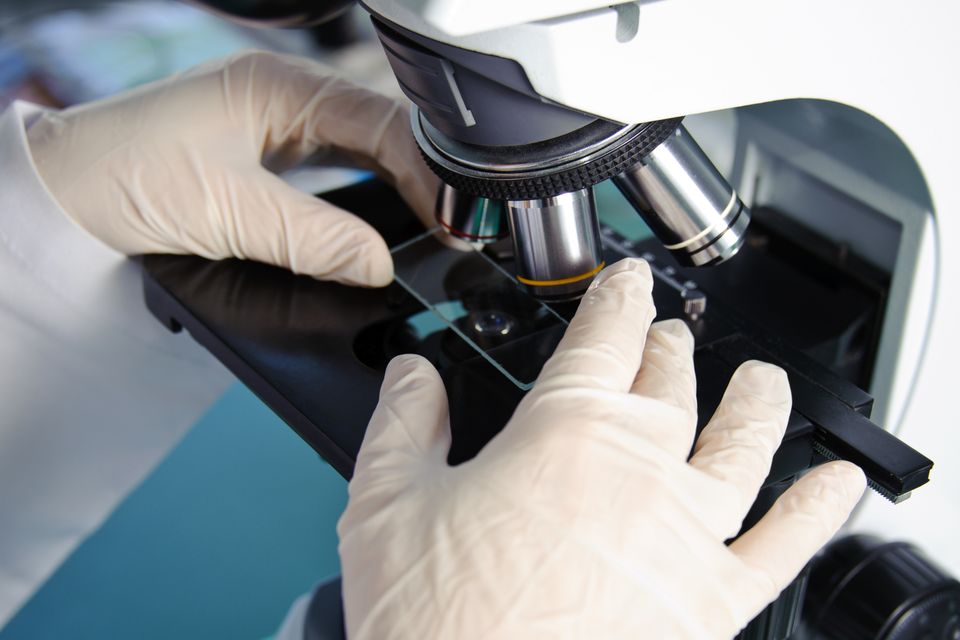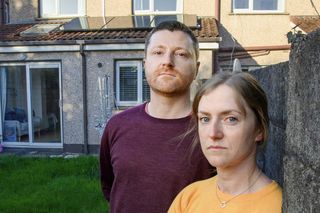Breakthrough gives new hope to 'butterfly disease' sufferers
Gene therapy gel developed in Ireland could ease painful skin condition
Stock photo
A gene therapy breakthrough will give new hope to people living with skin disease epidermolysis bullosa (EB).
The painful genetic condition is caused by a fault in the gene that makes a vital protein responsible for anchoring our layers of skin together.
This results in painful blisters - both internal and external - from the slightest knock or bump. It is known as the butterfly disease because the skin is as fragile as a butterfly's wings.
But now researchers at UCD have produced a gel-like treatment containing a working gene which, they hope, will form functioning skin and dramatically improve healing.
The gel, which inserts a functioning gene into skin cells, has been theoretically proven to work with one strand of the disease.
Researchers are carrying out further studies to see if it will work on patient skin and on other forms of EB.
The best part of this therapy is that it does not involve painful skin-grafting procedures or risks associated with viral treatments in delivering functioning genes to the skin.
The gene therapy research has been carried out over the past nine years by Professor Wenxin Wang between NUIG and UCD, and has been part-funded by EB charity Debra Ireland through public donations.
Debra Ireland provides day-to-day support for EB patients and their families and also funds research programmes to find better treatments and possible cures for EB.
"If this treatment is successful, people living with EB will be able to apply a gel to their skin and it will improve wound healing and the forming of functioning skin," said Debra Ireland head of research Dr Sinead Hickey.
"This is not a cure, but this gel could make skin stronger and could improve life expectancy as a result.
"It may also prevent wounds in the first place. If there are no wounds then patients will suffer fewer infections, feel less pain, less itch and develop less skin cancer.
"A pharmaceutical company has now taken over the development of this gel, but it would not have come about without the public donations which funded the first three years of research."
This week is National EB Awareness Week and Debra Ireland is asking the public to get involved.
"Quite simply, EB is still classed as an incurable disease, and through public support we are funding gene therapy research in the hope of a breakthrough in either pain and skin management, or in battling the root cause itself.
"There are research projects similar to Professor Wang's out there, waiting to be funded, which could bring us a step closer to a cure.
"The answer lies in supporting technology that works on genes and changing DNA, and researchers such as Prof Wang and his team have shown us that the answer is there if we keep supporting EB researchers in their work."
Join the Irish Independent WhatsApp channel
Stay up to date with all the latest news















